Please, help ID
ireena (zone 5-6)
10 years ago
Related Stories

HOME OFFICESQuiet, Please! How to Cut Noise Pollution at Home
Leaf blowers, trucks or noisy neighbors driving you berserk? These sound-reduction strategies can help you hush things up
Full Story
GARDENING GUIDESGreat Design Plant: Silphium Perfoliatum Pleases Wildlife
Cup plant provides structure, cover, food and water to help attract and sustain wildlife in the eastern North American garden
Full Story
HOUSEPLANTSMother-in-Law's Tongue: Surprisingly Easy to Please
This low-maintenance, high-impact houseplant fits in with any design and can clear the air, too
Full Story
BATHROOM DESIGNUpload of the Day: A Mini Fridge in the Master Bathroom? Yes, Please!
Talk about convenience. Better yet, get it yourself after being inspired by this Texas bath
Full Story
SUMMER GARDENINGHouzz Call: Please Show Us Your Summer Garden!
Share pictures of your home and yard this summer — we’d love to feature them in an upcoming story
Full Story
DECORATING GUIDESPlease Touch: Texture Makes Rooms Spring to Life
Great design stimulates all the senses, including touch. Check out these great uses of texture, then let your fingers do the walking
Full Story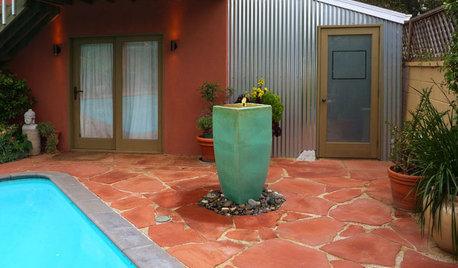
BEFORE AND AFTERSMore Room, Please: 5 Spectacularly Converted Garages
Design — and the desire for more space — turns humble garages into gracious living rooms
Full Story
DECORATING GUIDES10 Bedroom Design Ideas to Please Him and Her
Blend colors and styles to create a harmonious sanctuary for two, using these examples and tips
Full Story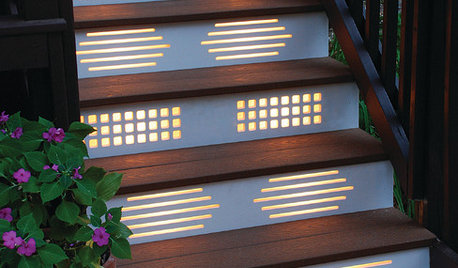
GARDENING AND LANDSCAPINGNo Fall Guys, Please: Ideas for Lighting Your Outdoor Steps
Safety and beauty go hand in hand when you light landscape stairways and steps with just the right mix
Full StoryMore Discussions







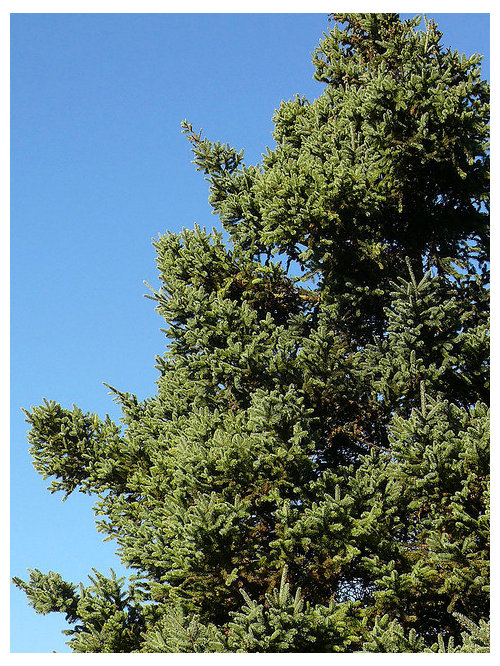
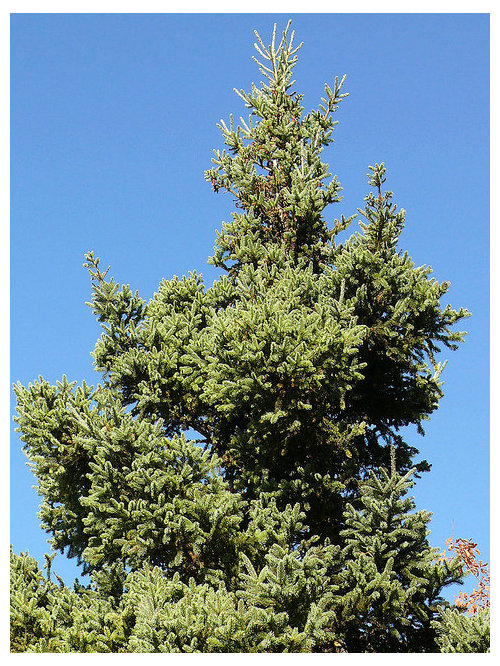
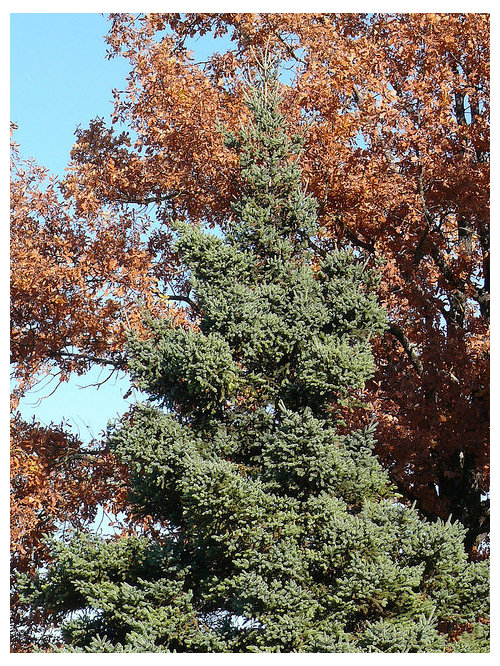





salicaceae
pineresin
Related Professionals
Havre de Grace Landscape Architects & Landscape Designers · Brownsville Landscape Contractors · Clark Landscape Contractors · Deerfield Landscape Contractors · Fort Payne Landscape Contractors · Lake Saint Louis Landscape Contractors · Leicester Landscape Contractors · Middle River Landscape Contractors · Mission Bend Landscape Contractors · Ponte Vedra Beach Landscape Contractors · Seminole Landscape Contractors · Tavares Landscape Contractors · University City Landscape Contractors · Wilton Landscape Contractors · Forest Hill Landscape Contractorsireena (zone 5-6)Original Author
raul_kender
raul_kender
pineresin
taxo_man
jth97381
ireena (zone 5-6)Original Author
bengz6westmd
gardener365
pineresin
raul_kender
ken_adrian Adrian MI cold Z5
Cupressus2013
pineresin
pineresin